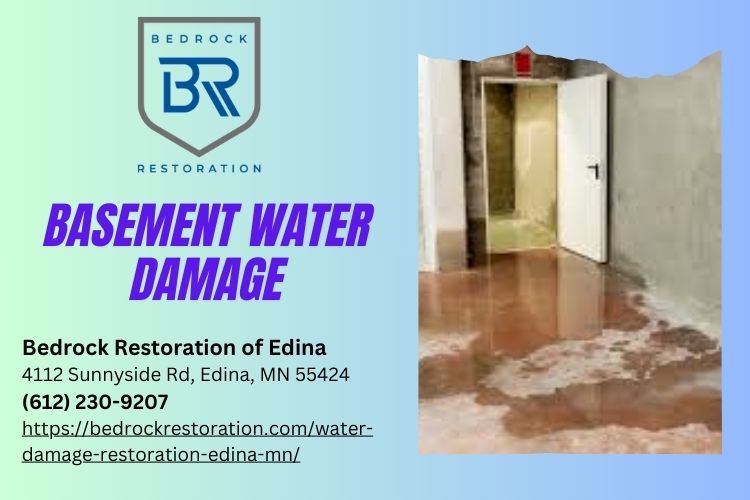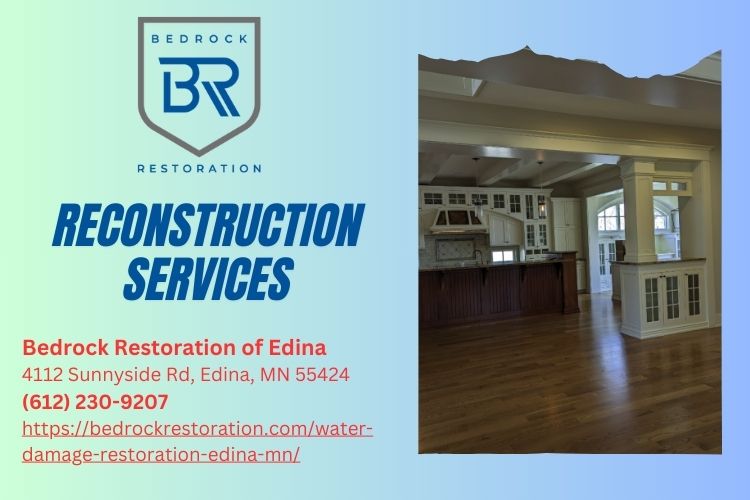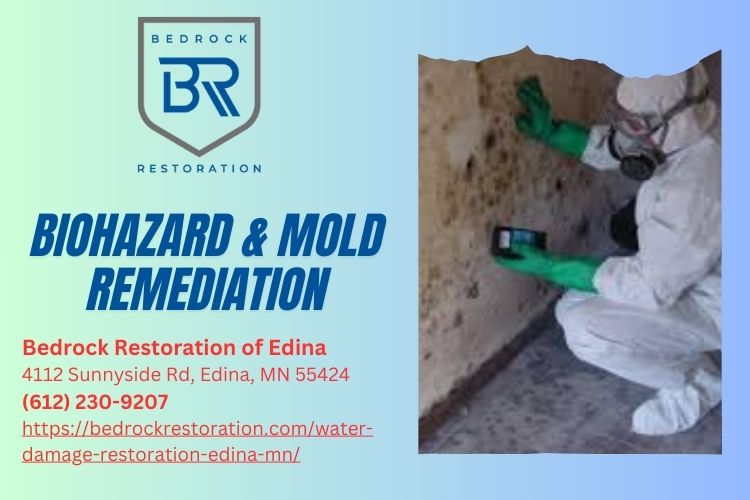Water damage can wreak havoc on homes and businesses alike, leading to costly repairs and significant interruptions. Fortunately, technology has dramatically changed the landscape of water damage restoration. Companies today utilize advanced methods and tools that not only expedite the restoration process but also enhance its effectiveness. In this article, we’ll explore the various ways technology plays a pivotal role in modern water damage restoration techniques.
Understanding Water Damage: Types and Causes
What is Water Damage?
Water damage refers to the destruction caused by water intruding into areas it shouldn’t be, leading to negative effects on structures, belongings, and even health. This can include anything from minor leaks causing mold growth to major floods destroying entire properties.
Types of Water Damage
Clean Water Damage
This type involves water from a clean source such as a broken pipe or rainwater. It’s less hazardous but still requires prompt attention to prevent escalation.
Gray Water Damage
Gray water originates from sources like dishwashers or washing machines and may cause illness if ingested.
Black Water Damage
Black water comes from contaminated sources like sewage or floodwaters, posing serious health risks.
Common Causes of Water Damage
- Natural Disasters: Floods, hurricanes, and heavy rain. Plumbing Issues: Broken pipes or leaky faucets. Appliance Failures: Malfunctioning washing machines or dishwashers. Roof Leaks: Damaged roofing materials allowing rainwater intrusion.
The Role of Technology in Modern Water Damage Restoration Techniques
How Technology Transforms Restoration Processes
Modern technology has transformed traditional methods of water damage restoration into efficient and effective processes. From detection to removal and prevention, let’s discuss how new technologies are making a difference.

Advanced Detection Methods: Finding Hidden Moisture
Moisture Meters: An Indispensable Tool
Moisture meters are critical instruments that help restoration professionals identify moisture levels within materials like wood, drywall, and carpets. By providing accurate readings, they guide the drying process effectively.
Thermal Imaging Cameras: A Game Changer
These cameras allow technicians to visualize moisture hidden behind walls or under floors without invasive procedures. By detecting temperature variations caused by moisture presence, thermal imaging significantly reduces guesswork in restoration efforts.
Local Water Damage Restoration Companies Utilizing Technology
Why Choose Local Experts?
When searching for "water damage restoration companies near me", opting for local experts like Bedrock Restoration of Edina offers several advantages:
- Familiarity with area-specific issues. Faster response times during emergencies. Community trust built over years of service.
Finding Reliable Services Nearby
When seeking “water damage restoration companies nearby”, consider checking customer reviews and ratings on platforms like Google My Business or Yelp. Engaging with local services ensures personalized care tailored to specific needs.
Innovative Drying Techniques Using Technology
Dehumidifiers: Essential for Effective Drying
Dehumidifiers remove excess moisture from the air during the drying phase. Technological advancements have led to energy-efficient models that operate quietly while maximizing moisture extraction capabilities.
Air Movers: Speeding Up the Drying Process
Air movers create airflow across wet surfaces to accelerate evaporation rates. These devices are crucial in reducing drying time dramatically compared to traditional methods.
" width="560" height="315" frameborder="0" allowfullscreen>
Water Extraction Technologies: Swift Removal Solutions
Submersible Pumps: Handling Large Volumes Efficiently
Submersible pumps are powerful tools designed for swift water extraction in flooded areas. They can handle large volumes of water quickly and efficiently, minimizing potential structural damage.
Truck-Mounted Extractors: Versatile Powerhouses
For larger jobs, truck-mounted extractors provide robust suction capabilities that portable units can't match. Their mobility allows for rapid deployment at various sites while ensuring thorough removal of standing water.
Restoration Techniques Enhanced by Technology
Structural Drying Systems: Precision Matters
Modern structural drying systems involve a combination of dehumidification and airflow management that optimizes the drying process based on real-time data collection through monitoring devices.
Mold Prevention Technologies: Keeping Homes Safe Post-Restoration
To prevent mold growth post-restoration, advanced methods such as antimicrobial treatments are applied along with continuous humidity monitoring systems that alert homeowners before conditions become favorable for mold development.

" width="560" height="315" frameborder="0" allowfullscreen>
The Importance of Documentation in Restoration Services
Digital Documentation Tools: Streamlining Communication
Using digital documentation tools allows restoration companies to maintain accurate records throughout the process—essential for insurance claims and ensuring transparency with clients about work performed.
Before-and-After Visuals: Building Trust Through Evidence
Taking before-and-after photos serves not only as documentation but also builds trust with clients who can visibly see the improvements made following restorative work.
Choosing The Right Technology for Your Needs
1. Assess Your Specific Situation
Different types of water damage require different technological solutions; understanding your specific situation helps narrow down what equipment will be most effective for your needs.
2. Consult Professional Expertise
If unsure which technologies best suit your circumstances, consult with local water damage restoration companies Edina who can provide tailored recommendations based on their experience in similar situations.
FAQs
What Should I Do First After Experiencing Water Damage?
First, ensure safety by turning off electricity if necessary and removing any valuables from wet areas if possible. Then contact emergency services or local water damage restoration companies immediately for professional assistance.

How Can I Prevent Mold After Water Damage?
To prevent mold growth after any water incident:
- Ensure proper ventilation Use dehumidifiers Employ antimicrobial treatments as needed
How Long Does The Restoration Process Take?
The duration varies depending on severity; minor incidents might take only a few days while extensive damage could require weeks.
Do Insurance Policies Cover Water Damage Restoration?
Most policies cover specific types of water damage; always review your policy details carefully and consult your agent regarding coverage specifics.
Is DIY Restoration Effective?
While some minor issues may be manageable DIY-wise, many cases require professional expertise due to complexities involved; failing to address underlying problems could lead more significant future issues.
How Can I Find Reliable Local Restoration Services?
Searching online using terms like “water damage restoration companies nearby” or asking friends/family for referrals usually provides good leads; always check reviews before making a decision!
Conclusion
In conclusion, understanding “The Role of Technology in Modern Water Damage Restoration Techniques” is vital not just for industry professionals but also homeowners facing potential disasters. The advancements we've explored—from detection tools like moisture meters and thermal cameras Bedrock Restoration of Edina to innovative drying systems—demonstrate how technology has revolutionized this field. As you seek assistance from local experts such as Bedrock Restoration of Edina or other reputable "water damage restoration companies," remember that modern techniques can make all the difference in restoring your property swiftly and effectively while safeguarding against future issues!